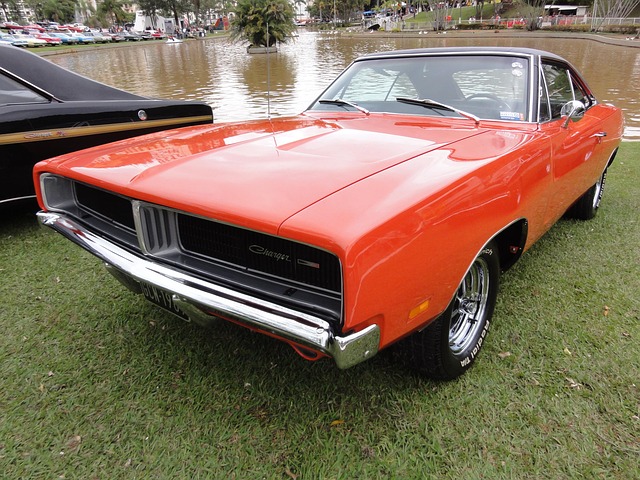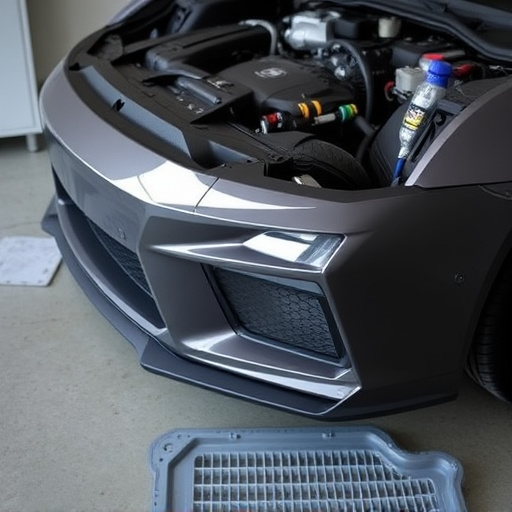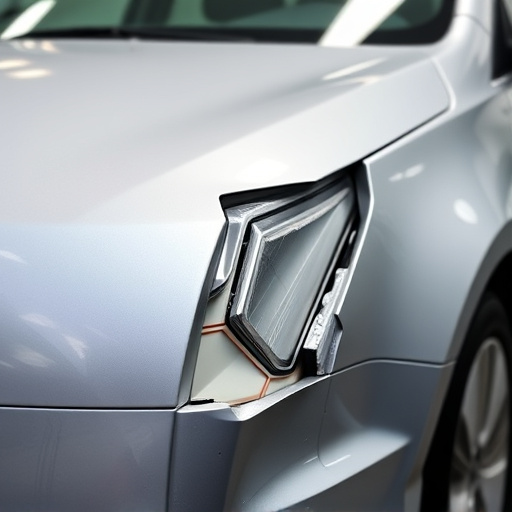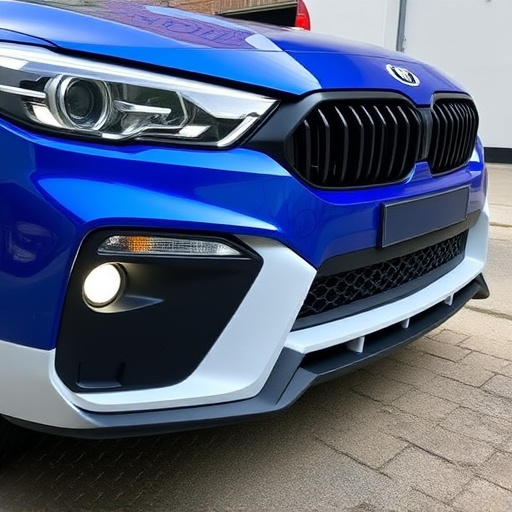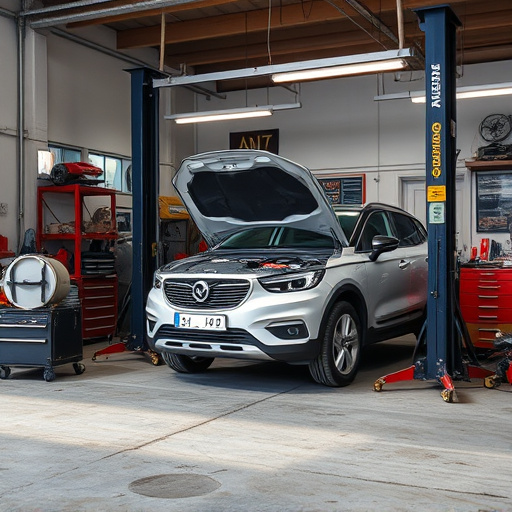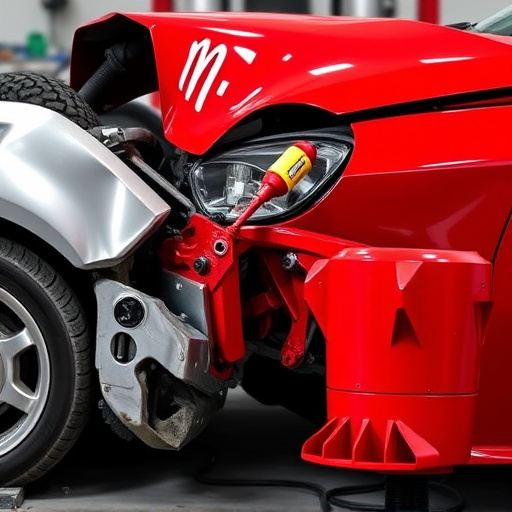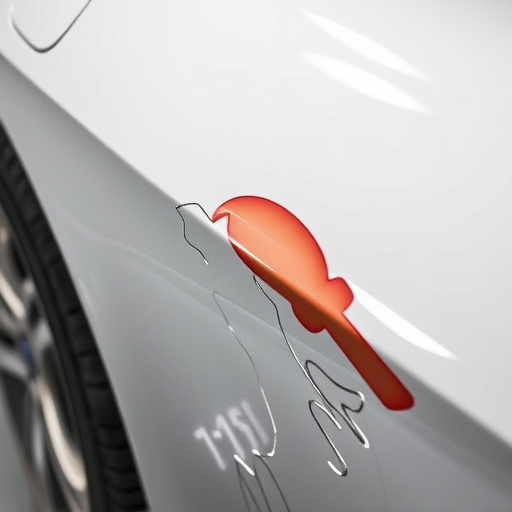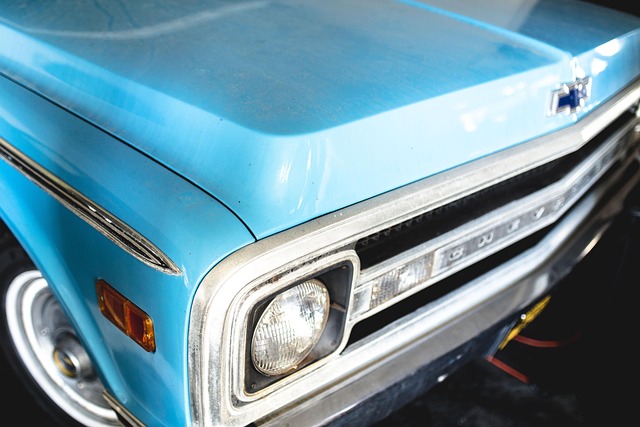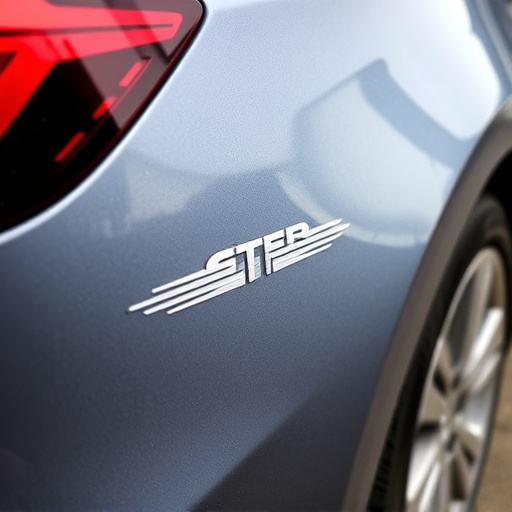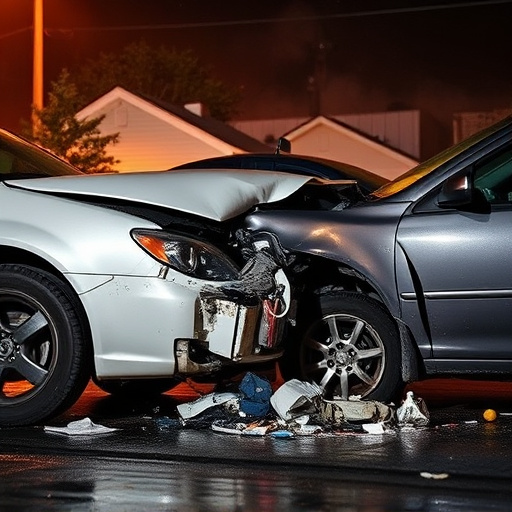Understanding a paint repair warranty is key to protecting your vehicle investment post-repair. While these warranties assure quality and longevity, they often exclude damage from improper care, accidents, or normal wear and tear. It's crucial to read the fine print, understand exclusions like pre-existing damages and incorrect customer information, and choose reputable shops offering comprehensive coverage tailored to your needs for reliable paint repair protection.
“Uncover the secrets behind paint repair warranties and what truly makes them effective. In this comprehensive guide, we demystify the common pitfalls and exclusions in standard agreements, empowering homeowners and professionals alike. From understanding the foundational elements to recognizing voiding factors, you’ll learn to navigate these contracts with confidence. Whether you’re a DIY enthusiast or a seasoned contractor, mastering paint repair warranties is crucial for ensuring top-notch results and peace of mind.”
- Understanding the Basics of Paint Repair Warranties
- Common Exclusions and Voids in Standard Agreements
- Protecting Your Interests: What to Look Out For
Understanding the Basics of Paint Repair Warranties

When it comes to protecting your investment after a paint repair job, understanding the intricacies of a paint repair warranty is paramount. A standard paint repair warranty serves as a safety net for vehicle owners, guaranteeing the quality and longevity of the repair work. These warranties typically cover defects in materials and workmanship for a specified period, ranging from several months to a year or more.
The scope of coverage varies among auto collision repair shops and vehicle body shops, but common exclusions often include damage caused by improper care, accidents, extreme weather conditions, and normal wear and tear. It’s crucial to read the fine print carefully, as certain factors can void the warranty, such as using unauthorized repair techniques or failing to adhere to recommended maintenance practices. Knowing these basics equips vehicle owners with valuable knowledge when selecting a reputable shop for paint repairs, ensuring they receive not just a quality fix but also the assurance of after-sales protection.
Common Exclusions and Voids in Standard Agreements
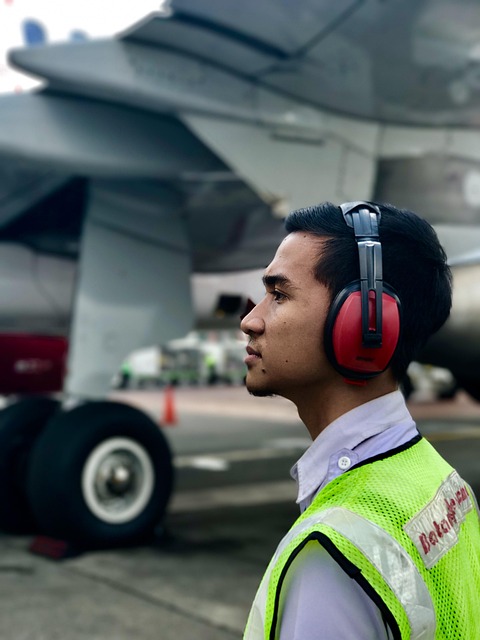
In standard paint repair warranty agreements, several common exclusions and voiding factors are typically included to protect the painting or repairing party from undue liability. These clauses cover a range of scenarios that are beyond the control of the warranty provider or the auto body shop performing the repairs. Common reasons for voiding include pre-existing damage, improper vehicle maintenance, or incorrect customer information provided at the time of service. For instance, if a car arrives at an auto body shop with existing rust or paint imperfections, the warranty may not cover the repair of these issues.
Additionally, certain types of repairs, such as those related to auto dent repair or car collision repair, might not be covered under standard warranties. This is because these services often involve complex structural work and can lead to unforeseen challenges during the repair process. It’s crucial for customers to understand these exclusions when considering a paint repair warranty, ensuring they choose a reputable auto body shop that offers comprehensive coverage aligned with their specific needs, whether it’s for routine touch-ups or extensive collision damage repairs.
Protecting Your Interests: What to Look Out For
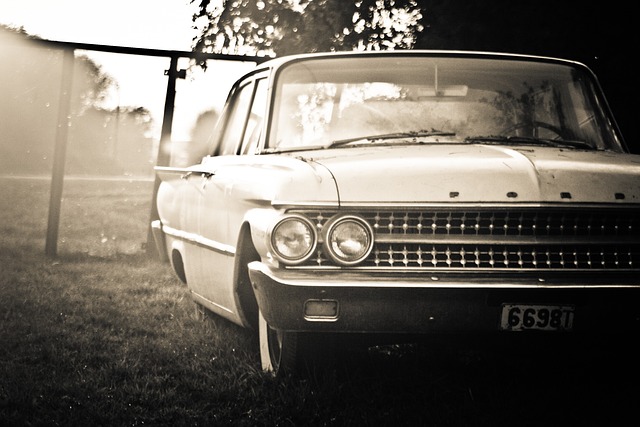
When entering into a paint repair warranty agreement, it’s crucial to understand what conditions could void your coverage to protect your interests. Pay close attention to details regarding the scope of work; ensure the warranty covers not just surface repairs but also ensures proper auto body restoration or vehicle body repair techniques for lasting results. Look out for exclusions related to pre-existing damage, improper maintenance, or misuse of the vehicle, as these factors may be used by service providers to void the warranty.
Additionally, clarify the duration and terms of the warranty. While a lengthy period is beneficial, also verify what constitutes acceptable repair quality and customer satisfaction. Insist on clear communication and transparency in case of any discrepancies. By being vigilant and understanding your rights, you can ensure that your paint repair warranty provides the intended protection for your auto body work.
When it comes to safeguarding your painting repairs, understanding what voids a standard paint repair warranty is paramount. By being aware of common exclusions, such as pre-existing damage or improper surface preparation, you can better protect your interests. Always review the agreement thoroughly and consider seeking clarification on any terms that seem unclear. With this knowledge, you’re equipped to ensure a comprehensive and reliable paint repair warranty for your next project.
